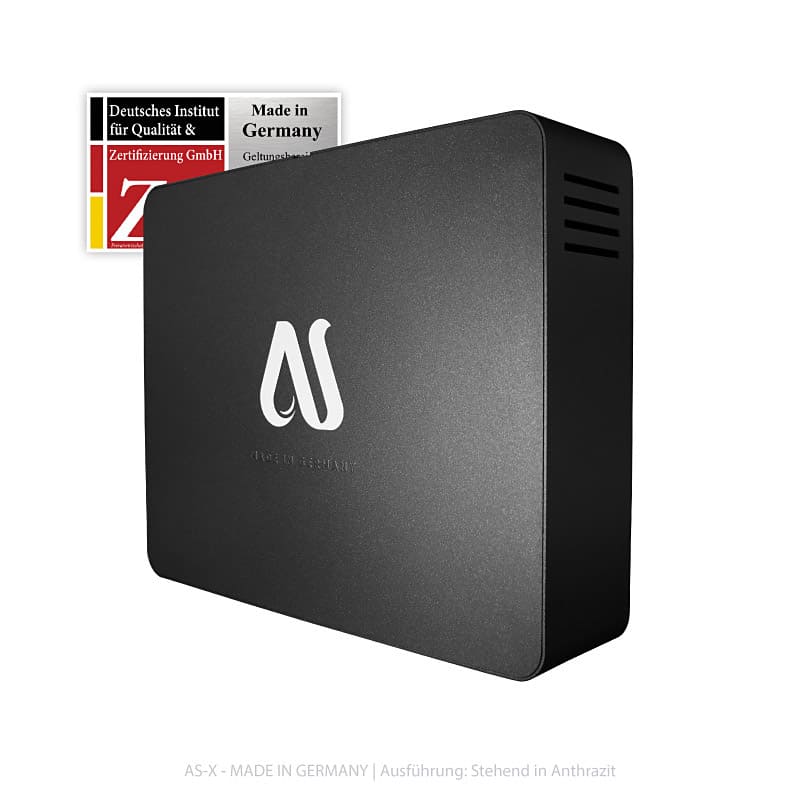The tap water which will come out of your faucet is great. Have a filter or perhaps be a filter. Which of the sentences tend to be more true? Both are partially true.

In lots of places, tap water does not taste good. Elsewhere, regular water has tiny amounts of substances you wouldn’t want to drink – well as over a long time might have an impact on you.
There are many sorts of potential problems in regular water. Even when your city provides good water, it has to travel a considerable ways through old pipes on the way to your home.
By using a whole-house filter, shower heads and faucet screens don’t clog. Whole-house filters are outside of drinking water filters.
All ro water systems require both sediment and carbon pre-filters. All filters must be changed. Plan on changing sediment and carbon filters twice yearly or sooner, and ro membranes every 2-3 years.
The toughest elements of installing water filters are connecting towards the supply side with the water to your house, connecting to some drain line for the waste water, and installing a clean water faucet to your sink. Most of a water purification installation is easy.
You may need a plumber, or to obtain a system where they’re going to do the installation for you personally. The very best systems have clear plastic casings, so you can observe how dirty the filters get. The most effective systems likewise use standard-sized replacement filters, which means you don’t have to buy tiny, expensive, and proprietary filters.
Ro water filters require both a sediment and a carbon filter facing them, to screen your dirt and a lot with the junk, ahead of the water enters overturn osmosis filter.
A sediment filter blocks particles greater than five to ten microns.
Water passing through activated carbon blocks still has some particles, chlorine, nitrates, fluoride, as well as other dissolved junk. Step 2 for top quality water can be a ro filter.
Ro filters force water through 0.0001 micron-wide holes, through semi-permeable membranes. Long sheets of membranes are sandwiched together and rolled up around a hollow central tube within a spiral.
The reverse osmosis filter removes 99% from the remaining junk in the water. It will take every little thing out, even the magnesium and calcium in water. Generally a tiny carbon filter is employed following your reverse osmosis filter, to improve the flavour and catch more of the 1% of junk the opposite osmosis filter lets go though.
Ro water filters generate waste water, and they produce only some drops of clean water per minute. For that reason, most reverse osmosis systems possess a storage tank to build up water. All reverse osmosis systems have a drain line for waste water, that’s “wasted”. The waste water bring plants, dumped to waste, etc.
Ultra-pure water can grow algae very easily. Once you take chlorine along with other nasty stuff from water, tiny microbes and sunlight can combine to produce a perfect environment growing harmless algae.
The grade of water filtered this way is cleaner than even sterilized water. Some individuals think pure water tastes flat. Many people add a tiny level of sea salt to pure water. To me, no salt should be used, pure water tastes like water should.
The world wide web has baseless scare stories about how precisely ultra pure water is dangerous. Hogwash. In case you inject pure water, it might hurt you. Drinking pure water won’t hurt anyone unless they are fasting.
The moment that pure water hits orally it’s no longer pure. Absolutely nothing is better to make coffee, cooking, and ice, than using pure water.
For details about Reverse Osmosis System direct flow have a look at this web page: check
